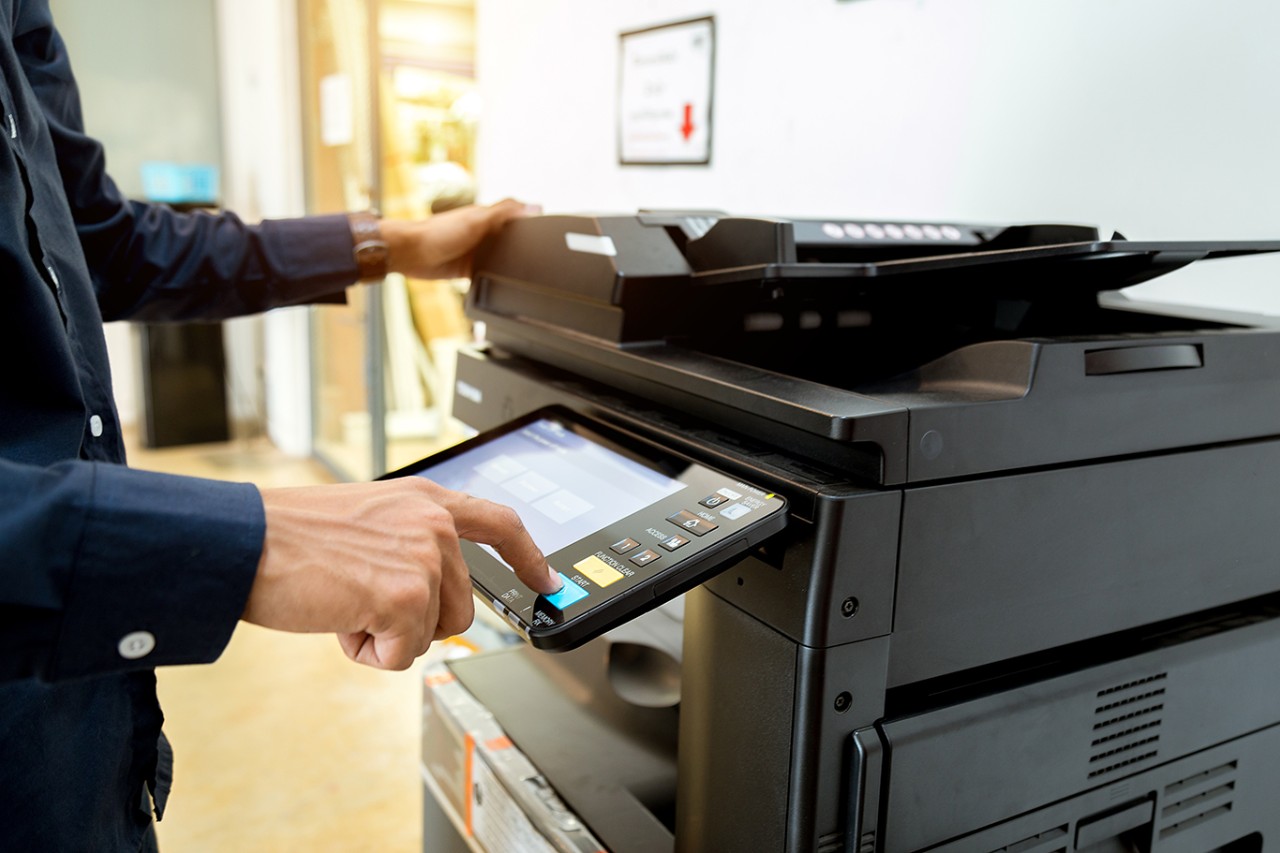Printers. We all use them, and they have utterly blanked our minds when it comes to issues of cybersecurity. In busy environments, printers are often considered as low-tech devices that do not require particular focus. While they may seem innocuous, networked printers pose a serious threat to an organization’s cybersecurity frameworks. Such negligence can have severe consequences.
Printers are as prone to bad hacking attempts as any other device that risks an organization’s security. An unsecured printer can serve as a door to an organization’s classified information, all the while being completely internal and opportunistic. Today, hackers have a plethora of means to exploit network vulnerabilities.
Today’s discussion revolves around why networked printers need to be safeguarded and what vulnerabilities businesses are exposed to as a result. Most importantly, we will look at the security measures an organization can take and incorporate them into its cybersecurity measures.
Why you should be concerned about a printer’s vulnerability:
Printers have not evolved, but the technology underlying them has. Networked printers store data, employ sophisticated Operating systems, and have access to the Internet. The simple office machine that reproduces information into paper files lacks any sort of backbone in terms of cybersecurity protocols. Thus, eliminating the business’ risk of exposure to advanced cyber-hacks is crucial.
Your business can be hurt by a breach of printer security via:
• Blatant data exposure: Documents of employees as well as other financial records of the company confidentially get printed.
If not secured properly, hackers have the capabilities to intercept this data.
• Network Entry Point: A printer can serve as a gateway into your entire network if it can be compromised. Hackers are able to use its vulnerabilities to access the other connected devices.
• Target for Malware: Printers can be infected with malware, and that malware can spread throughout your network and disable your operations.
• Compliance Violations: Rules such as GDPR or HIPAA mandate the need for businesses to safeguard personal information. An insecure printer can put an organization at risk for a data breach, which can come with large fines.
Ignoring printer security isn’t just an IT nightmare; it’s a trap for all organizations that can face income declines, reputation damages, or hefty legal fees.
Common threats of printer security
Learning about the risks is the first step to curbing printer vulnerability. Take a look at some of the most common threats networked printers face today:
1. Unsecured Network Connections
Printers and other devices connected to the printer are not secured within an encrypt system. This gap allows attackers to intercept, steal, and even manipulate data during its transitions.
2. Unauthorized Access
Printers are sometimes left open for anyone on the network, or even worse, accessible to unauthorized internet users.
An absence of any authentication measures and role-based access logins opens the door for any malicious outsider trying to infiltrate, which they surely will.
3. Data Breaches
With networked printers come issues like internal storage of print documents such as copy pasting save files, including hackers having direct access to confidential documents if they so wish.
4. Firmware and Software Versioning
Obsolete devices that do not update their software and firmware on their printers are more susceptible to security breaches. The externally unpatched devices are easily exploitable by aspired criminals.
5. Out of the Box Defaults
security breaches are commonly accepted factory-set caps for each individual printer which contain predatory default passwords like admin related usernames and passwords, the equivalent of selling invites to a party everyone despises.
6. Interception of Document Outputs
Unauthorized third parties can retrieve sensitive documentation left unattended in output trays, revealing them to lots of sensitive data leaks.
Indeed, printers have transcended from office equipment to one of the most marvelous vividly colorful canvases that depict your organization information ecosystem.
How To Implement Security Printing Solutions to Protect Networked Printers
From a preventative stance, your printer security does not need to feel as overwhelming and intimidating as it may sound. With decisive measures in graphic device management control providing surety over corporate data controlling policies in void.
1. Set up access overhaul defined with his authentication
Restrict the brand access set with information authentication sets, select ID badge, offer the typed login.
Assign document sensitivity roles that dictate who has the privileges to copy, print, or fax the document.
2. Encrypt Data Communications Units
Ensure end-to-end encryption for all data that traverses through networked devices like printers. Hackers are incapable of exploiting data when it is encrypted even when compromised. Encrypting data scrambles it into an unreadable format.
3. Update Devices on Software and Firmware
Software for devices are bound to be evolving. Upgrading security measures and patching vulnerabilities are to be achieved through new updates issued. Follow up older shifts on the updates and generate policies that provide speedy installation across the devices.
4. Guard the Remote Admin Control of the Printer
A web interface is included for every configured printer on a network. Protect handbook manipulators behind a secured remote interface with the use of activity logging and taciturn authentication, or remove the feature entirely if it is deemed unnecessary.
5. Configure Controlled Document Release
Authentication of users at the printer is a modern requirement before document release called ‘controlled printing.’ Shred copies are surrender for unattended materials termed as unissued.
6. Polic Prit of Manual Controlled
Security ought to periodically categorize evaluated elements of the “set and forget” printer technology into their security settings windows in review of traces that can get altered dout and look desk. Search for suspicious movements and alterations exemplified in identities whom capitalize exploited weak spots.
7. Instruct Staff
With combinations of defined user group printer and their individual access rights, level exposure to security gaps is frequent alongside proper indentation posture placed over entry holes sensitive documents that are not placed on the out tray.
Encouraging a culture that is security aware helps reduce risks.
8. Install Enterprise Security Printing Solutions
Consider security software developed specifically for printer management at an enterprise level. Numerous vendors have them for corporations that include remote access monitoring, centralized control of multiple security features, and automated diagnosis and repair.
Security of Printers in Relation to Other Cybersecurity Services
The importance of overall cybersecurity cannot be highlighted enough when it comes to printer security. Managing the security of connected printers is not an activity that stands alone; it is part of a chain of actions that enhances the protection of data, systems, and even the brand being defended.
Businesses can avert costly breaches by taking proactive measures today. When discussing cybersecurity, networked printers should not be the last component mentioned. Rather, they need to be emphasized as an essential part of sensitive data protection at every level.
With increased protection for printers, business security is boosted.



